Decommissioning of Drake Power Plant in Colorado Springs continues with installation of new natural gas generators
COLORADO SPRINGS, Colo. (KRDO) -- The new, smaller emissions stacks you may have noticed along Interstate 25 behind the Drake Power Plant represent the next phase in Colorado Springs Utilities' process of transitioning away from coal-fired power generation.
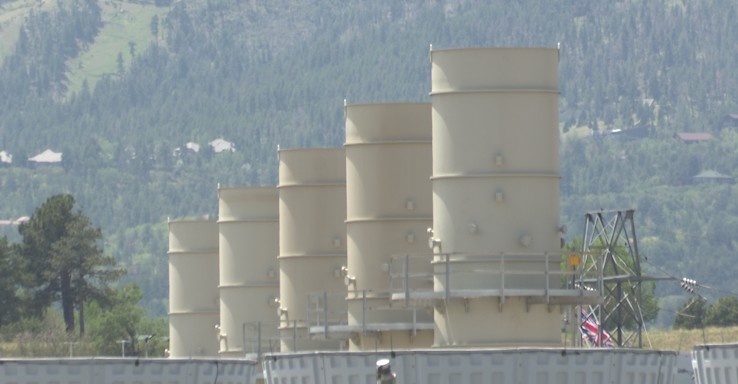
The coal operation at Drake ended last year, and the utility has been using two natural gas-powered units to generate electricity.

Those units are gradually being replaced by six more efficient natural gas units; the utility plans to start bringing them on line later this summer and have them all operating by next winter.
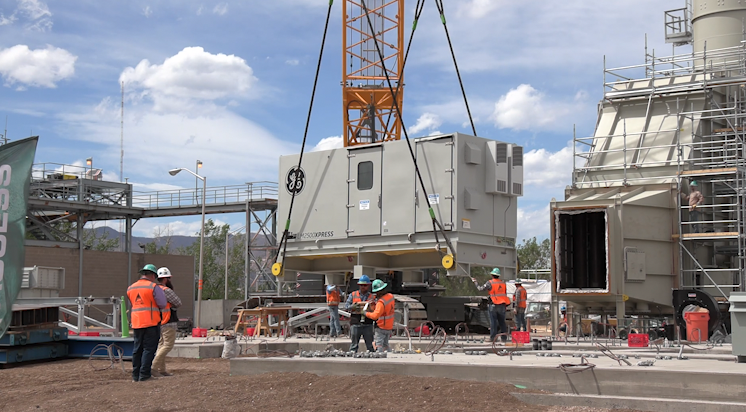
The new units are not base electricity producers, but will be used as a supplement during peak power demand periods such as in the hottest parts of summer and the coldest parts of winter.
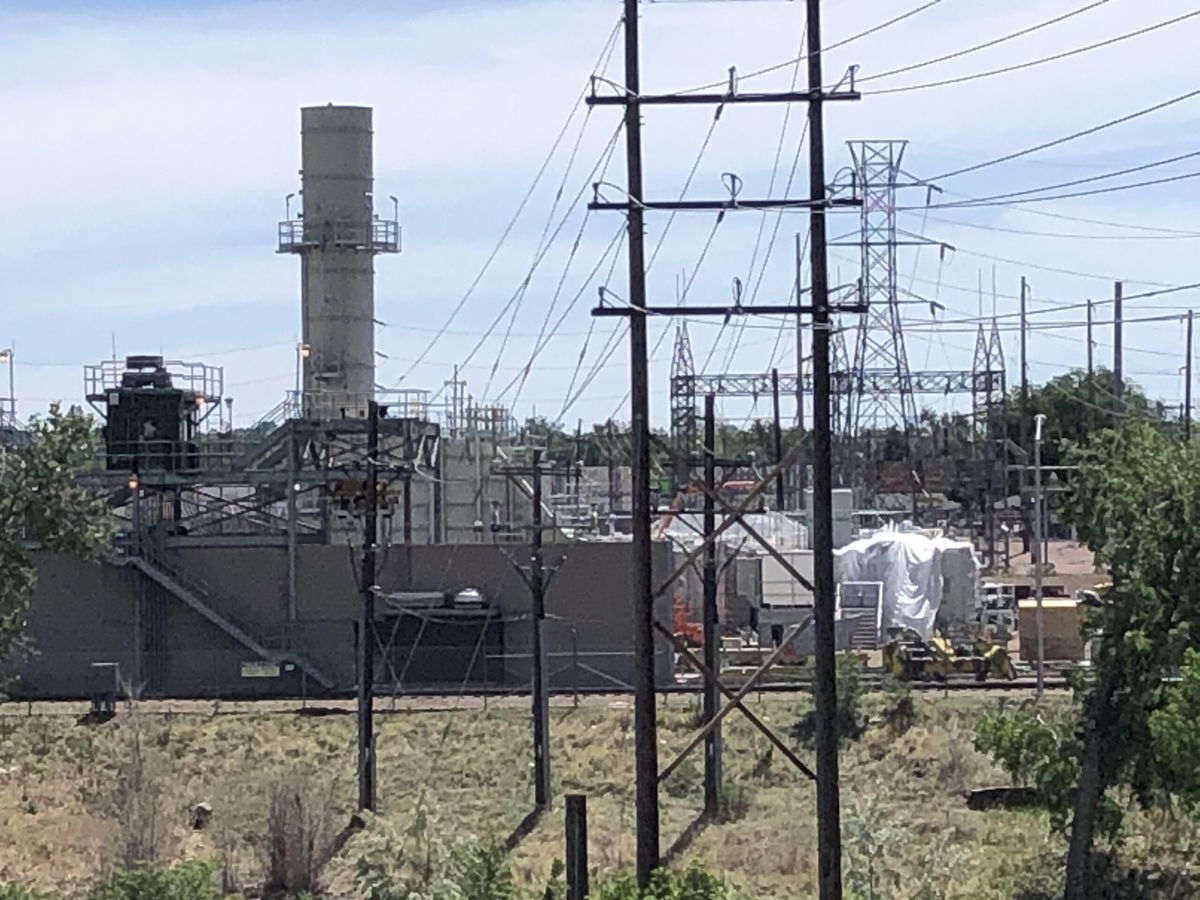
"Each of the six temporary or modular units are basically mini-power plants in themselves," said utility spokesman Steve Berry. "So that's why when we're finished with the Drake site, they can be moved to other locations on our system."
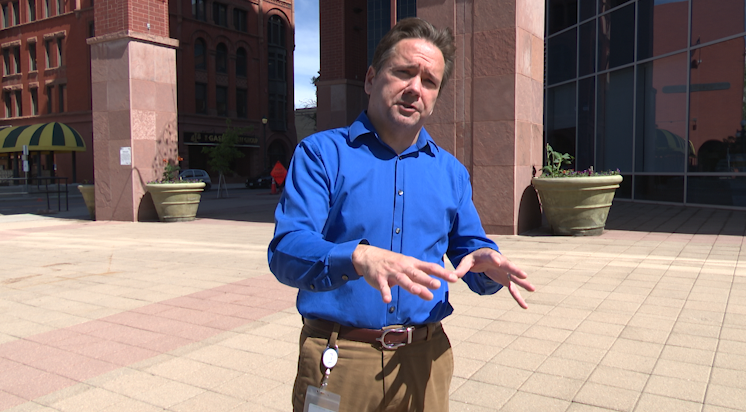
Once the new units are operational, the utility will start the process of dismantling the existing coal infrastructure -- a process that will take several years.
The decommissioning of Drake leaves the Ray Nixon Power Plant, south of Colorado Springs, as the utility's sole coal-fired power plant; however, it is scheduled to be decommissioned by 2030.
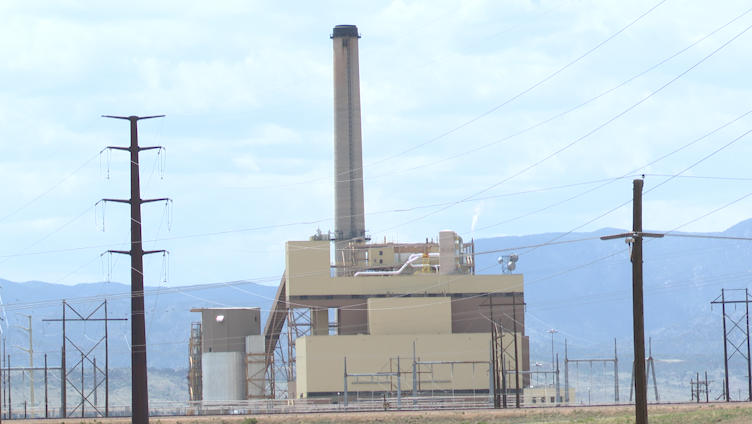
The utility now has natural gas generators at Drake, the Clear Creek power plant next to Nixon, and the Birdsall Power Plant near the intersection of Nevada Avenue and Fillmore Street.
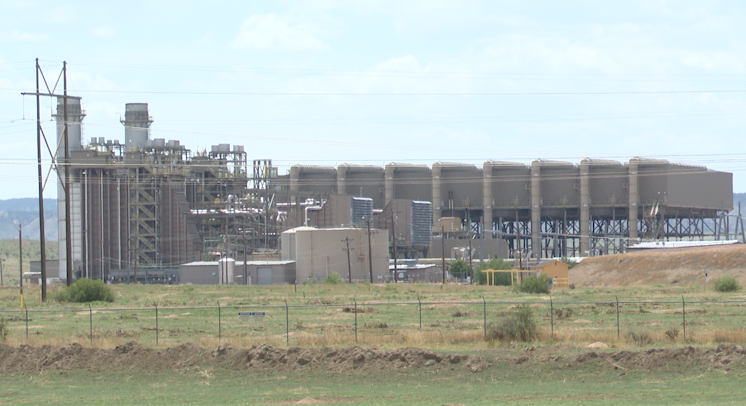
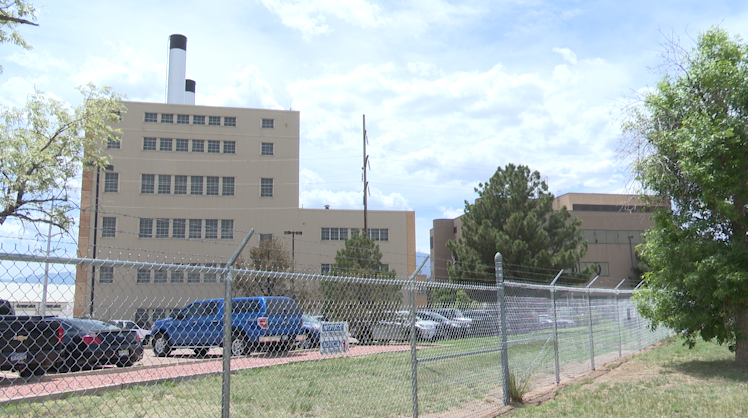
Lower emissions and a reduced need for workers at the Drake plant are benefits of the transition from coal to natural gas, the utility said.
"We're also on a tight timeline to get this plant decommissioned within a few years," Berry explained. "Our customers need to understand that."

Some residents have mixed feelings about the utility transitioning away from coal.
"I can see both sides, and I don't really have an option to just stop doing it one way, and completely switch to the cleaner option," said Leah Smith, of Colorado Springs."
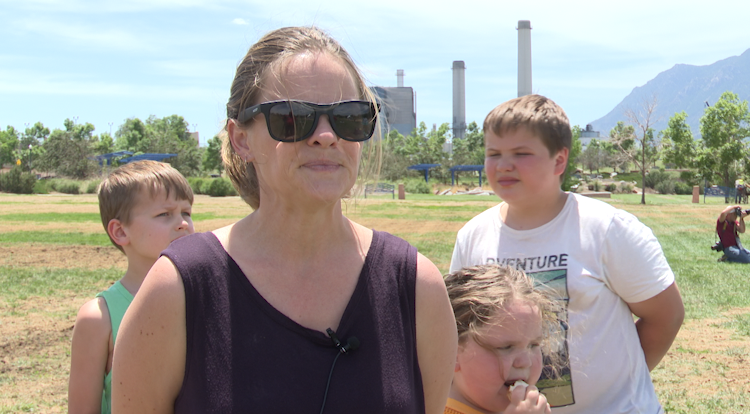
JoLee Wendorf, of Security-Widefield, doesn't that believe coal is a bigger air polluter than natural gas.
"People on low incomes can't really afford (electricity generated by gas)," she said. "Especially when prices got as high as they did last year and utility bills went up. With me, if I lived on my own, it would be really hard."

Berry said that roughly half of the utility's power generation is provided by natural gas, with the rest coming from wind and solar generation, hydroelectric generation and power purchased from other providers in the region.
He also said that the six new units cost more than $100 million.

"If we don't end up needing them later on, we can sell them because they're in high demand in the U.S. and around the world," Berry said.




